Navigating the Future of Mobility: A Look at Kia’s Plug-in Hybrid Strategy for 2025
Navigating the Future of Mobility: A Look at Kia’s Plug-in Hybrid Strategy for 2025
Introduction
In this auspicious occasion, we are delighted to delve into the intriguing topic related to Navigating the Future of Mobility: A Look at Kia’s Plug-in Hybrid Strategy for 2025. Let’s weave interesting information and offer fresh perspectives to the readers.
Table of Content
Navigating the Future of Mobility: A Look at Kia’s Plug-in Hybrid Strategy for 2025
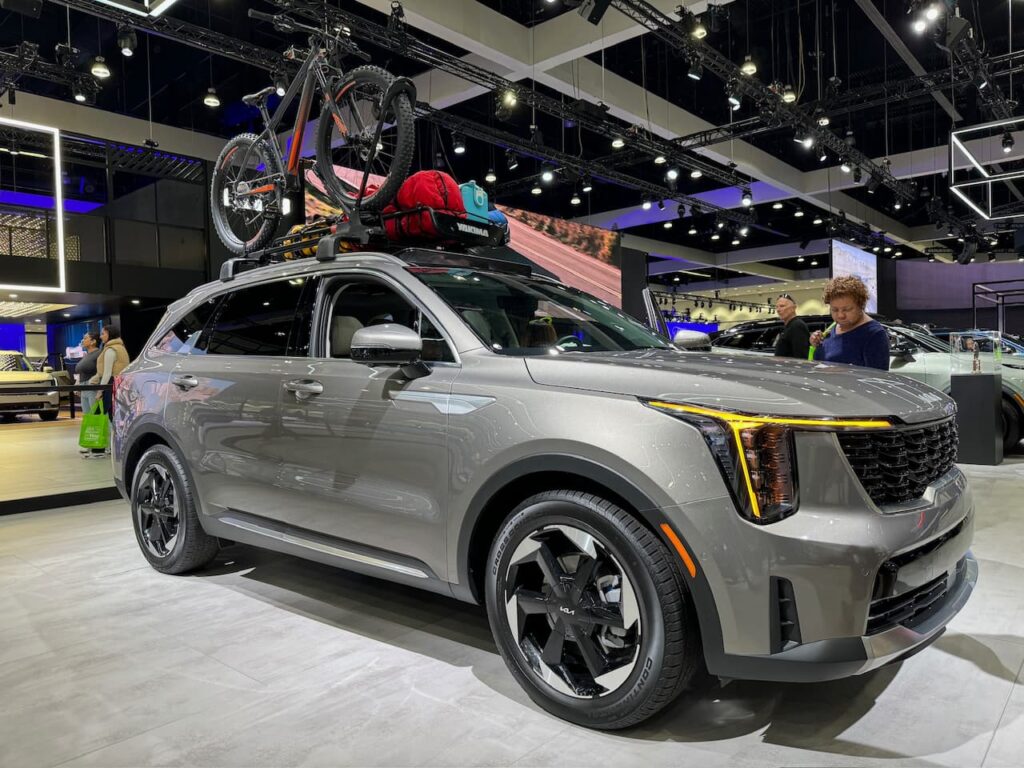
The automotive landscape is undergoing a dramatic transformation, with electric vehicles (EVs) rapidly gaining traction as a sustainable and efficient alternative to traditional gasoline-powered vehicles. Within this evolving landscape, plug-in hybrid electric vehicles (PHEVs) are emerging as a compelling bridge between the past and the future, offering a blend of electric and gasoline power that caters to the diverse needs of consumers. Kia, a leading automotive manufacturer, is strategically positioning itself at the forefront of this PHEV revolution, with ambitious plans to introduce a range of advanced plug-in hybrids by 2025.
Kia’s Vision for Plug-in Hybrids: A Blend of Efficiency and Performance
Kia’s commitment to plug-in hybrid technology stems from a clear understanding of the evolving demands of the modern driver. PHEVs offer a compelling combination of benefits:
- Reduced Emissions: By leveraging electric power for shorter commutes and utilizing the gasoline engine for longer journeys, PHEVs significantly reduce greenhouse gas emissions compared to conventional vehicles. This aligns with the global push towards cleaner transportation and a more sustainable future.
- Enhanced Fuel Efficiency: PHEVs achieve exceptional fuel economy, especially in urban environments where frequent stop-and-go driving favors electric propulsion. This translates into lower fuel costs for drivers and a reduced environmental footprint.
- Extended Range: While fully electric vehicles are making strides, range anxiety remains a concern for many. PHEVs overcome this limitation by offering the flexibility of a gasoline engine, ensuring drivers can comfortably undertake longer trips without the need for frequent charging.
- Dynamic Performance: Kia’s PHEVs are designed to deliver a spirited driving experience. The combination of electric and gasoline power provides instant torque and smooth acceleration, ensuring both efficiency and exhilaration.
Key Features of Kia’s 2025 Plug-in Hybrids:
Kia’s 2025 PHEV lineup will feature a range of advanced technologies and design elements aimed at maximizing efficiency, performance, and driver satisfaction:
- High-Capacity Batteries: The PHEVs will be equipped with larger, more efficient battery packs, capable of storing more energy for extended all-electric driving range.
- Regenerative Braking: This technology captures energy during braking and uses it to recharge the battery, further enhancing fuel efficiency and reducing reliance on gasoline.
- Advanced Powertrain Systems: Kia’s PHEVs will incorporate sophisticated powertrain systems that seamlessly transition between electric and gasoline modes, optimizing fuel consumption and performance based on driving conditions.
- Intuitive User Interface: Drivers will enjoy a user-friendly interface that provides clear information about battery charge levels, range, and fuel consumption, making it easy to manage energy usage and optimize driving efficiency.
- Connected Car Features: Kia’s PHEVs will be integrated with advanced connectivity features, allowing drivers to remotely monitor vehicle status, schedule charging, and access a host of other convenient services.
Addressing Common Concerns: A Look at FAQs
Q: What is the expected range of Kia’s 2025 PHEVs?
A: Kia is aiming for a significant increase in all-electric range compared to current models. While specific figures are yet to be announced, the company is targeting a range of 40-60 miles on a single charge, depending on the model and battery capacity.
Q: How long does it take to charge a Kia PHEV?
A: Charging times vary depending on the charger’s power output. With a Level 2 charger, a typical Kia PHEV can be fully charged in 2-4 hours. Utilizing a Level 3 DC fast charger can significantly reduce charging time to under an hour.
Q: Are Kia PHEVs eligible for government incentives?
A: In many regions, governments offer tax credits and other incentives for purchasing PHEVs. Kia’s 2025 PHEVs are expected to qualify for these programs, making them even more financially attractive.
Q: What are the maintenance costs associated with a Kia PHEV?
A: While PHEVs have additional components like batteries, their overall maintenance costs are comparable to conventional vehicles. The electric drivetrain requires less routine maintenance, offsetting any additional costs associated with the battery.
Tips for Optimizing Your Kia PHEV Experience:
- Plan your routes: Utilize navigation systems and charging station maps to plan your trips, factoring in charging stops if needed.
- Utilize regenerative braking: Practice smooth braking to maximize energy regeneration and extend your electric range.
- Optimize battery charging: Charge your battery at home during off-peak hours to take advantage of lower electricity rates.
- Regularly maintain your battery: Follow Kia’s recommended maintenance schedules to ensure optimal battery performance and longevity.
Conclusion: Kia’s Plug-in Hybrids – A Catalyst for a Sustainable Future
Kia’s 2025 PHEV lineup represents a significant step forward in the automotive industry’s transition towards a more sustainable future. By combining the efficiency and performance of electric power with the practicality and range of gasoline engines, Kia’s PHEVs offer a compelling solution for drivers seeking to reduce their environmental impact without compromising on convenience or driving enjoyment. As technology continues to advance, Kia’s commitment to plug-in hybrid technology will undoubtedly play a pivotal role in shaping the future of mobility, paving the way for a cleaner and more sustainable transportation landscape.
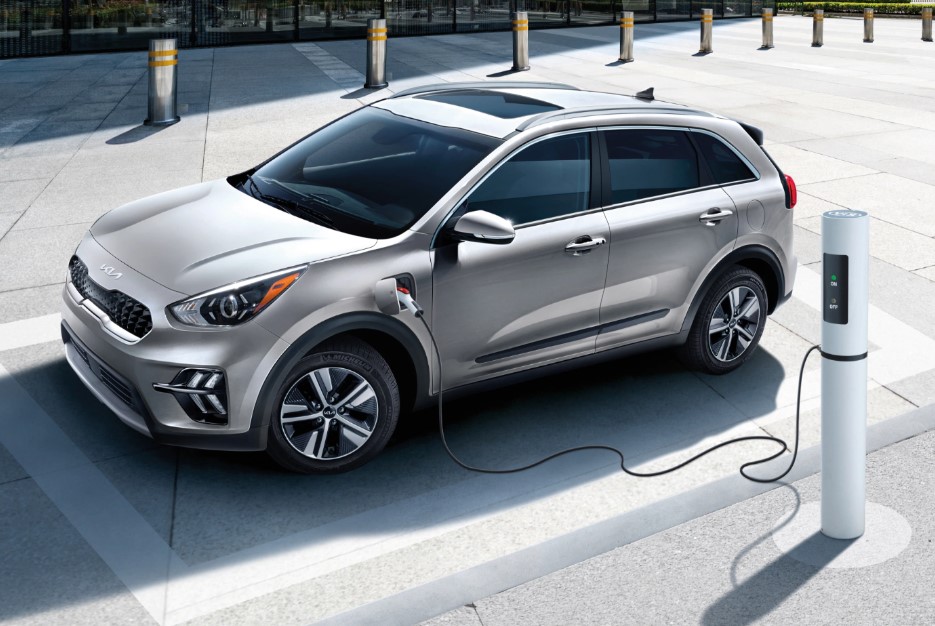
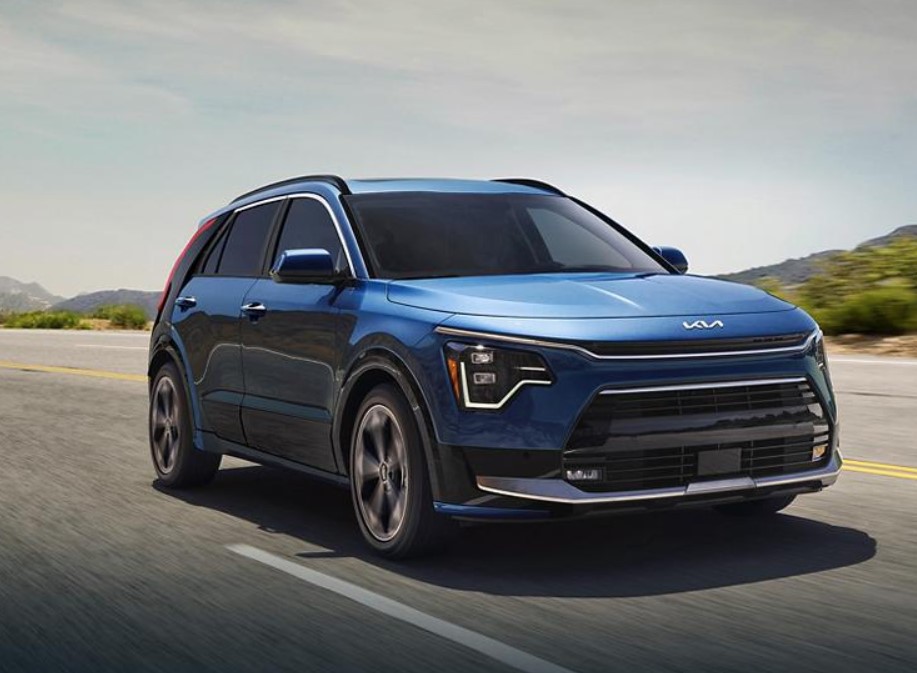
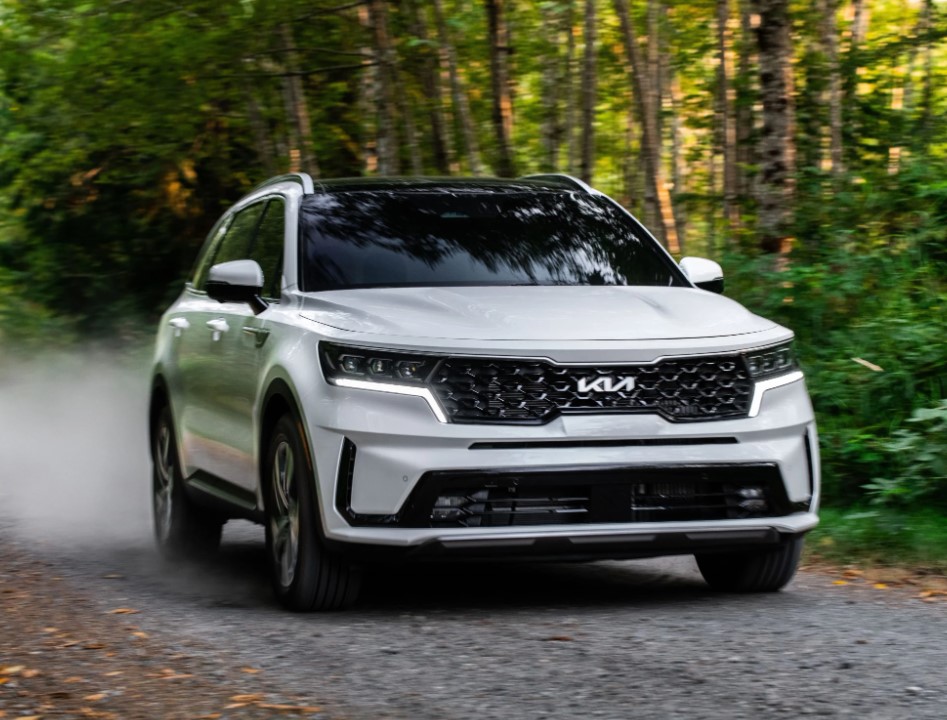
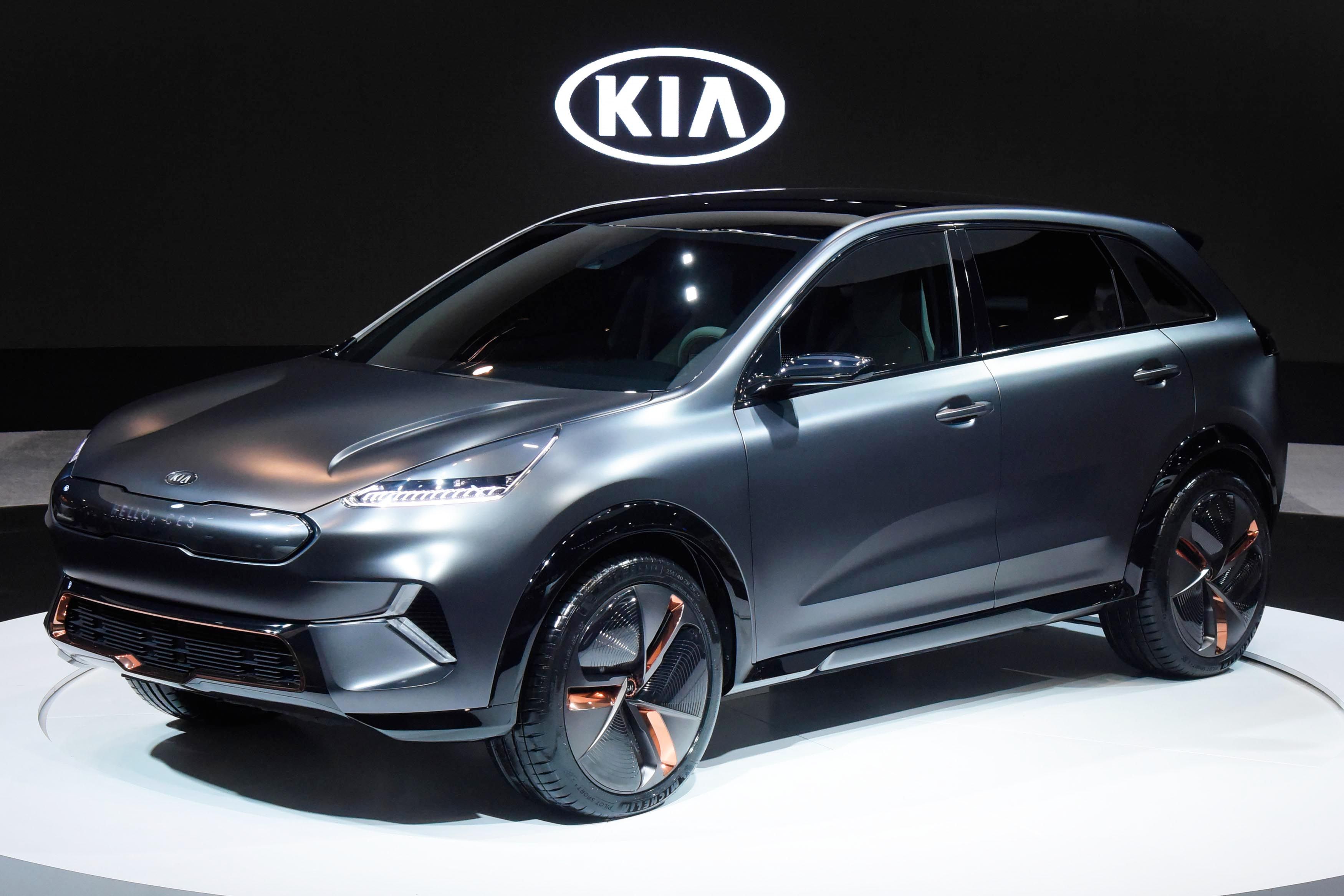



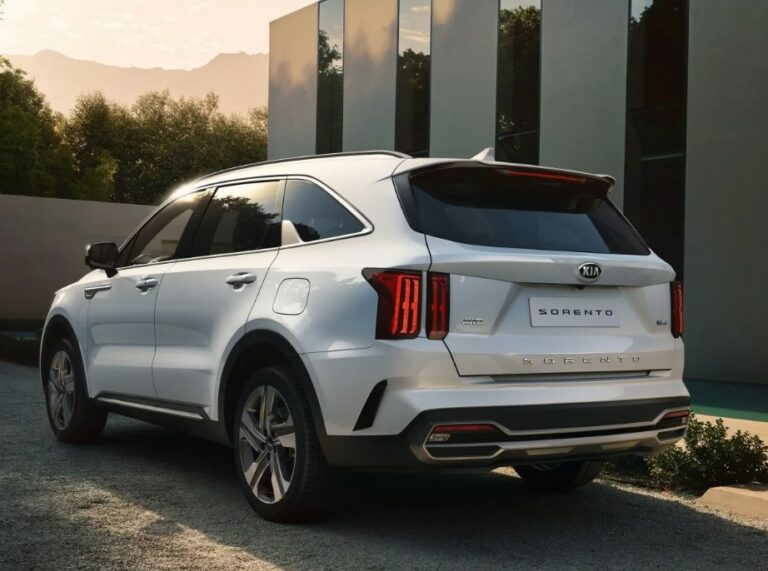
Closure
Thus, we hope this article has provided valuable insights into Navigating the Future of Mobility: A Look at Kia’s Plug-in Hybrid Strategy for 2025. We hope you find this article informative and beneficial. See you in our next article!